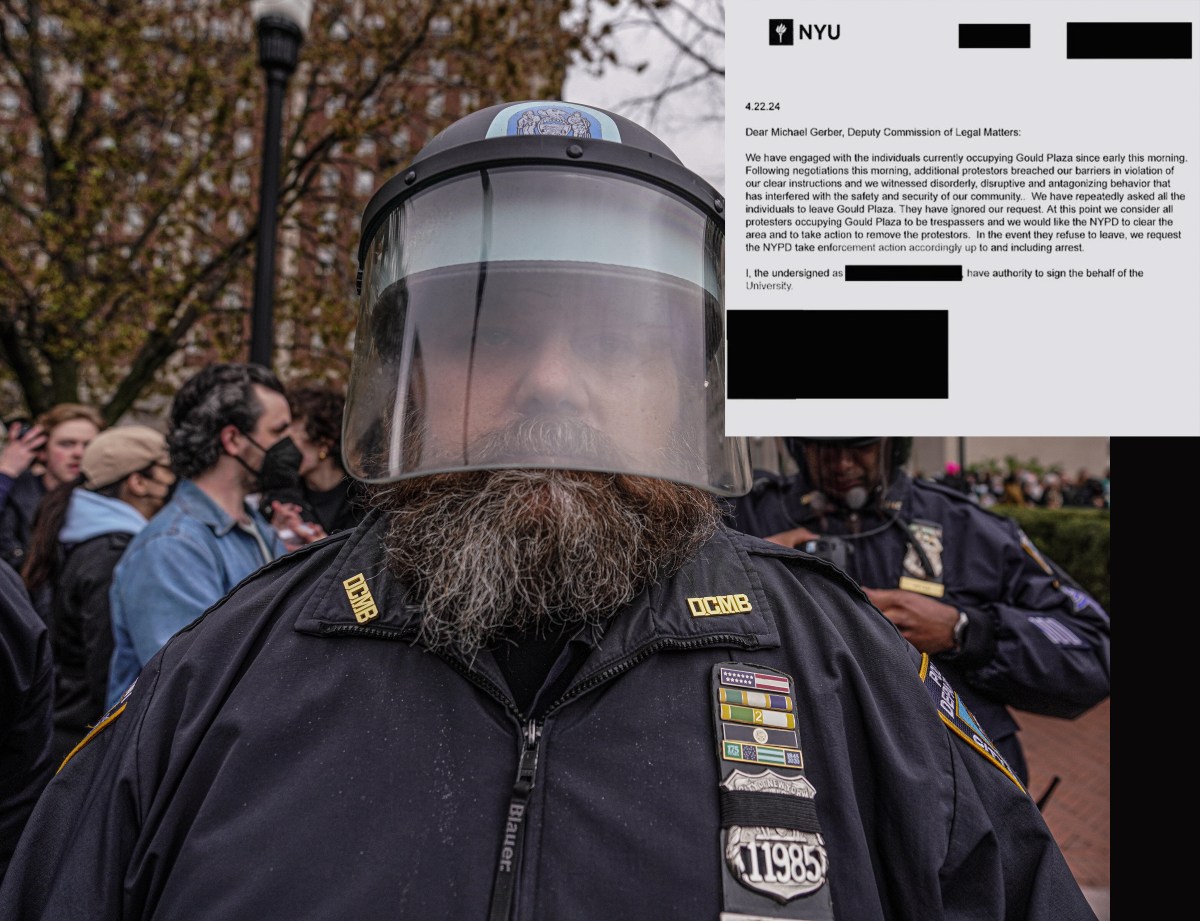“It’s so hard talking about this film,” Atom Egoyan realizes while discussing his latest, “Remember.” There’s some major twists we wouldn’t dream of spoiling, and not the kind there to simply goose audiences; they reconfigure how we approach the movie entirely, opening up new and fascinating ideas. This much we can tell you: Christopher Plummer plays Zev, a recently widowed concentration camp survivor with extreme dementia who embarks on a mission to find and kill a former Nazi guard hiding in America. Egoyan — the Oscar-nominated Canadian-Armenian filmmaker of “The Sweet Hereafter,” as well as “Exotica,” “Chloe” and “Devil’s Knot,” about the West Memphis Three — tries to discuss his latest without giving anything away, and even wonders if he could one day make a film about joy, not trauma. RELATED: Interview: Jonathan Gold on “City of Gold,” Los Angeles, gentrification and one food he dislikes A lot of your films deal with non-linear structures, with lots of flashbacks and key events withheld till later or not at all, like the bus crash arriving halfway through “The Sweet Hereafter.” This is a completely straightforward movie that lives almost entirely in the present. RELATED: Geek Girl in Hollywood: Wonder Woman as a feminist icon At the same time it does deal with a lot of your pet obsessions, even though you didn’t write it. When you’re searching for films to direct, do you tend to look for scripts that feel like you might have written them yourself? In a lot of my films, the characters are trying to understand some traumatic event that has pierced their lives. They’re trying to sort that out, they’re trying to recalibrate, trying to restructure their sense of reality. In a lot of these films the central event has to be one of cataclysmic trauma. I’ve always wondered if it’s possible to find a story that is about absolutely cataclysmic joy. Something tells me no. [Laughs] But wouldn’t it be interesting if something could render someone so content that their life fractures and gets splintered into many pieces as a result of that experience? I still haven’t quite found what that story could be, and it could wind up being unbearably Pollyanna-ish and silly. But I’ll keep looking. [Laughs] When you don’t have to jump around on the timeline, does that change how you approach shooting scenes? It’s like the direction is more “invisible.” RELATED: Interview: Reggie Watts on the film “Creative Control” and the “underdog” “Late Late Show” One of the standout scenes is the one where Zev visits the home of a man who might be his target. He finds the man has died, but his son — a state trooper played by Dean Norris — invites him in, warmly talks to him and then eventually reveals he’s a neo-Nazi. There’s a lot of tension but also humanity in that scene about a character most of us would agree is, to put it lightly, not right. That couldn’t have been fun for the production designer finding the Nazi memorabilia for the scene. Follow Matt Prigge on Twitter @mattprigge
Most of my structures are very layered. What attracted me to this story is it’s very simple. It deals with a lot of issues, like history and memory and trauma, but in a very classical way. After the ordeal of “The Captive” [his last film], which really went as far as I could in terms of fractured narrative — and it’s a film I’m still absorbing the response to — I really felt the need to do something that was very simple.
Or a subject matter I think is extraordinary in terms of the legacy around it. “Devil’s Knot” is dealing with this idea of an incident that has no resolution — something that besets a community. I felt that was an interesting experiment: to dramatically reconstruct all the possible theories and not have it resolve into anything that resembled a traditional narrative arc. That [film] had a mixed response, but I found it fascinating, especially in regards to how we ascertain and commit to an idea of truth.
I was using interesting techniques I’ve never used before. I’d never used jump cuts. I haven’t used a handheld camera since my first feature [“Next of Kin,” from 1984]. I felt that was the right approach for this. I wanted a blander palette for this. I didn’t want to give it the same visual tone as the films I’ve scripted. Something like “Speaking Parts” and “Captive” — they’re usually very visually planned. This was more spontaneous.
I wanted it to be. I wanted there to be no hindrance between you and this character. Because he’s so complex.
If you go onto YouTube and search “neo-Nazi rant,” you will find that character. What we don’t find is his background. We understand this person is lonely; we understand that his father is recently departed. He’s very welcoming to Zev. We wind up having more access to a character we’d ordinarily not want to spend a lot of time with. That’s my responsibility: to make these characters as human as possible, especially given the extremities of this tale.
Harrowing. The other thing that’s weird about that is I asked my costume designer [Debra Hanson] what a state trooper in Idaho looks like, and she came back with this hat with a big silver star on it. I was like, “Really? They wear a Star of David on their hat?” It was this moment when we thought, “Do we tone that down?” No! That’s what they wear! [Laughs] There was a paradox that I just went with.


















